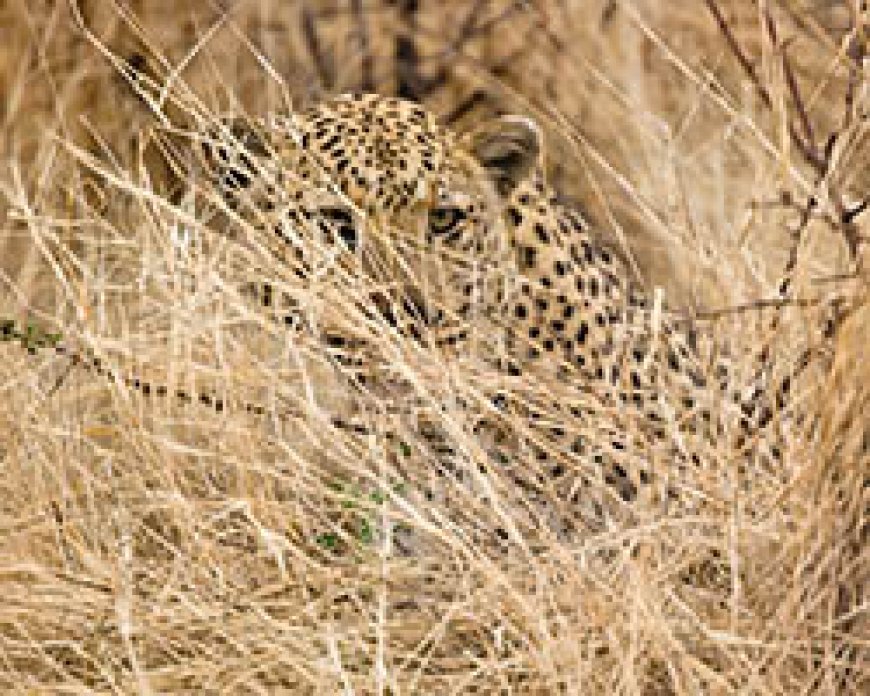5 stupid animals and their habits
5 stupid animals and their habits

Hamster
Hamsters are small, rodent-like animals that are commonly kept as pets. They are native to Europe, Asia, and parts of Africa and have been domesticated for centuries. They have a lifespan of about 2-3 years and are known for their cute, playful nature and their ability to store food in their cheeks. Hamsters are nocturnal, meaning they are most active at night. They are also great at escaping and can be quite fast runners. There are several different breeds of hamsters, including Syrian, Dwarf, and Chinese hamsters. They are generally low maintenance pets, requiring a cage, food, and occasional cleaning. They make great companions for both children and adults.
Killdeer
Killdeer (Charadrius vociferus) are a type of shorebird that is native to North America. They are known for their distinctive "kill-dee" call, which gives them their name. These birds are medium-sized, with long, thin legs and a brown and white speckled pattern on their feathers. Killdeer are commonly found in open grassy areas and near wetlands, where they can be seen foraging for insects and small invertebrates. They are also known for their elaborate courtship displays, which involve wing-flapping and vocalizations. Killdeer are considered to be important indicators of habitat quality, as they are sensitive to environmental changes and will avoid areas with high levels of pollution or disturbance.
Ptarmigan
Ptarmigans are a type of small, grouse-like bird that live in cold, high-altitude environments, such as the Arctic tundra and mountain ranges. They are known for their feathered feet, which help them navigate through snow and ice, and their ability to blend in with their surroundings due to their white winter plumage. There are three species of ptarmigan: the rock ptarmigan, the willow ptarmigan, and the white-tailed ptarmigan. They are typically found in northern regions of North America, Europe, and Asia. Ptarmigans primarily feed on seeds, berries, and insects, and they are preyed upon by predators such as wolves, foxes, and raptors.
Norwegian lemming
Norwegian lemmings, also known as field lemmings, are small, rodent-like creatures that are native to Norway, Sweden, and Finland. They are known for their tendency to migrate in large numbers, often in search of food or new habitats. These migrations can be quite destructive, as the lemmings can dig burrows and tunnels that can damage crops and other vegetation.
Norwegian lemmings are about the size of a hamster, with a round, plump body and short, sturdy legs. They have thick, soft fur that is typically brown or grey in color, with a white underside. They have large, pointed ears and a short, pointed snout.
Lemmings are herbivores and primarily feed on grasses, seeds, and other plants. They are active during the day and are social animals, living in large groups or colonies. They are known to be very territorial, and will defend their territory against other lemmings or predators.
Despite their small size, Norwegian lemmings are capable of adapting to a variety of environments, including forests, tundra, and grasslands. They are found throughout Norway, Sweden, and Finland, and have also been introduced to other parts of Europe and North America. However, their population numbers can vary greatly from year to year, with some years experiencing large numbers of lemmings and others experiencing very few. This is due to their migratory habits and the availability of food and other resources.
Domestic turkey
Domestic turkeys are animals that have been domesticated and bred specifically for human consumption or other purposes such as breeding or showing. They are typically larger and heavier than their wild counterparts and have been selectively bred for characteristics such as meat production, plumage, and body shape. Domestic turkeys are raised on farms and are typically fed a diet of grains and supplements to promote growth and health. They are not typically kept as pets, but rather are raised for their meat, feathers, or as breeding stock for future generations. Domestic turkeys can be found in many countries around the world and are a common source of food for Thanksgiving and other holidays.
What's Your Reaction?
















![Tere Bin Ep 13 - [Eng Sub] - Digitally Presented by Nisa BB Cream - Yumna Zaidi - Wahaj Ali](https://img.youtube.com/vi/wDOvlUC3i-g/maxresdefault.jpg)







![Tere Bin Episode 02 - [Eng Sub] - Yumna Zaidi - Wahaj Ali - 29th December 2022 - HAR PAL GEO](https://web.msintsol.com/uploads/images/202302/image_140x98_63e1aa1ebaaf2.jpg)




